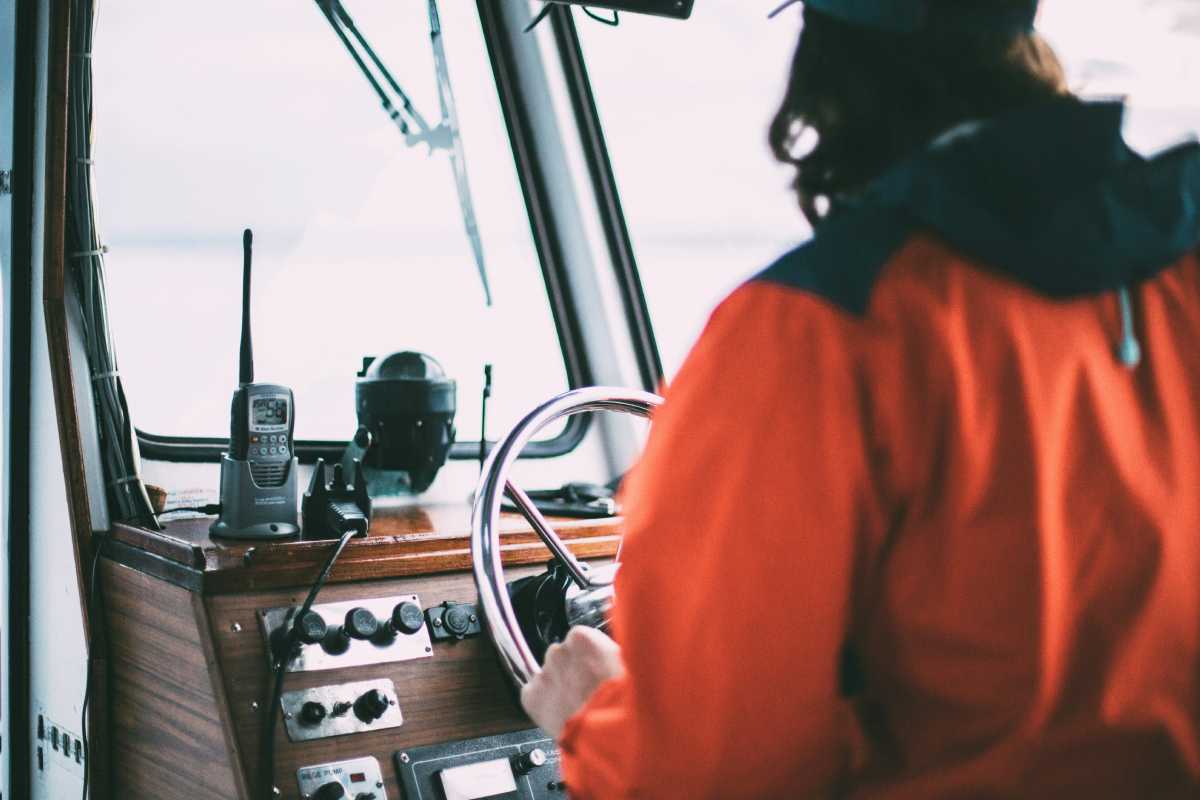Communication is one of the first things that can fail when a natural disaster strikes. Hurricanes, earthquakes, wildfires and severe storms can smash cell towers, cripple power lines and overwhelm phone networks. And in those desperate times, being in touch with loved ones, neighbors, or emergency services can be the difference between life and uncertainty.
Compact, tough and reliable, walkie-talkies serve as a lifeline in these situations. And putting one in your emergency kit ensures that you’re always able to stay in contact when conventional means fail. Coming to understand why they’re so essential in disaster planning will help make sure that your household or business is ready for anything.
1. Communication When It Matters Most
During a disaster, the speed of communication is basically what determines how well people respond, and two-way radios take that into account. They don’t need cell towers, internet, or electricity to operate, just radio frequencies. They’re perfect for rural areas or places hit hard by the disaster, where phone service won’t be available.
Unlike smartphones, walkies don’t rely on data and phone towers, which means they’ll keep going as long as their batteries last. Some have lots of features too, like multiple channels, secret codes and group chats, so families, teams, or neighborhood volunteers can coordinate their response in a safe and efficient way.
2. Reliable Technology for Any Situation
A walkie-talkie is built to withstand rough conditions such as flooding water, dust and impacts, and they are small enough to fit into any backpack or emergency kit. Some also come with National Oceanic and Atmospheric Administration (NOAA) weather alerts, so you’ll be the first to know about any storm warnings, evacuation orders or changes in the environment.
3. Coordination During Evacuation and Rescue
By not relying on fragile phone signals you can stay in touch with children, neighbors, or rescue workers during natural disasters or other emergencies. Instant radio communication doesn’t struggle with network overloading, making sure that you can keep in contact with the people you care about.
For group evacuations and shelter management, walkie-talkies remain incredibly simple to use and one of the best ways to effectively communicate.
4. Cost-Effective and Easy to Use
Quality two-way radios don’t require an astronomical investment. Consumer-grade units are affordable, user-friendly, and ready to go right out of the box. Coming with basic features like push-to-talk and volume control, they’re a good fit for anyone. Since set-up is basically non-existent, people of all ages and abilities can use them.
Compared to satellite phones or highly-specialized communication systems, walkies are extremely cost-effective, making them a vital addition to emergency kits in schools, businesses and families. Any emergency plan should have a secure means of communication, and two-ways fill that need.
Staying Connected with a Walkie-Talkie Is Staying Prepared
Working independently of anything else, two-way radios deliver rapid, clear and inexpensive communication when you really need it most. Whether you’re in California preparing for earthquakes, on the east coast bracing for a hurricane, or in a rural area getting hit by snowstorms, a pair of walkies in your emergency kit will ensure you stay connected to the people who matter most, even when everything else goes quiet.


